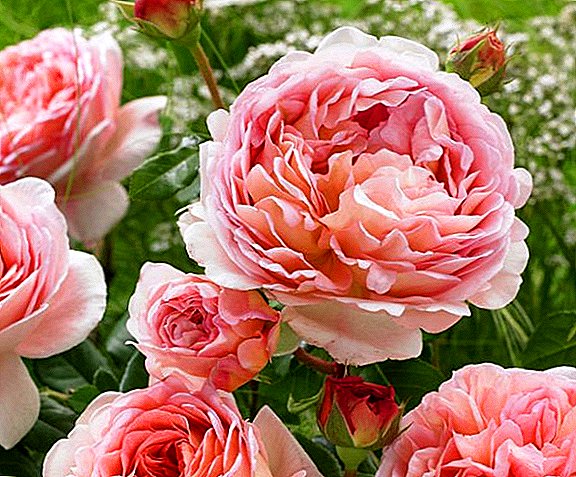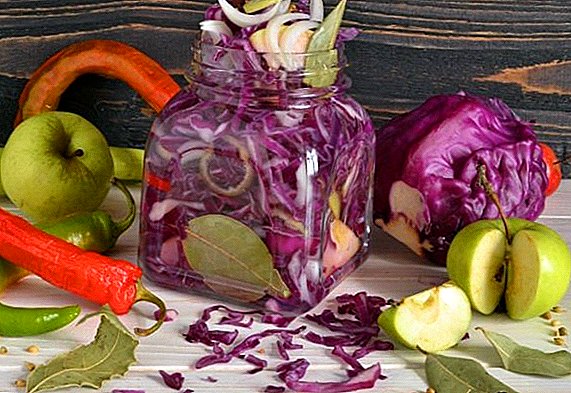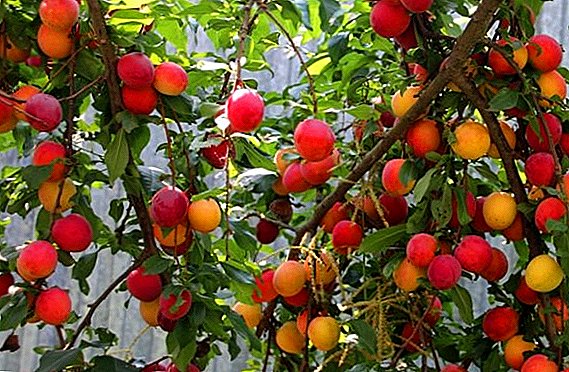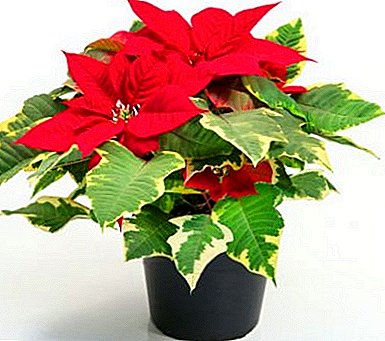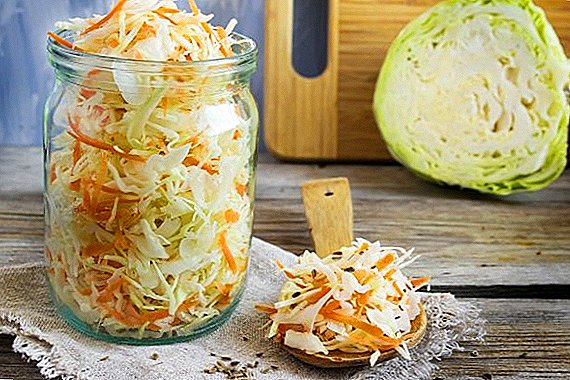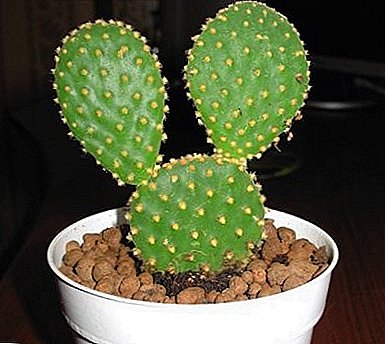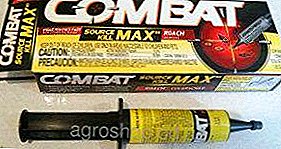 Delicate roses in a bouquet are always an appropriate addition to a celebration or a romantic meeting. We will tell you how to recreate the fleeting beauty of flowers from a bouquet in your garden, and also help you to prepare cuttings from which the annual flowering bushes will later grow.
Delicate roses in a bouquet are always an appropriate addition to a celebration or a romantic meeting. We will tell you how to recreate the fleeting beauty of flowers from a bouquet in your garden, and also help you to prepare cuttings from which the annual flowering bushes will later grow.
When is it better to harvest cuttings
Spring is the optimal time to get cuttings of roses, but the maximum number of viable shoots remains after the autumn pruning of roses for the winter. During this period, material is also harvested for reproduction, and in greater quantities, since not all of them will germinate.
Regardless of the season, when cutting stems, it is important to observe the following conditions:
- Shoots taken from a healthy, developed and strong plants;
- branches must not be damaged by frost;
- there should be well-defined buds in the leaf axils;
- cutting tools must be sharp and clean;
- the process is preferably carried out in dry weather.
The most viable cuttings are considered from the shoots on which the buds are formed. Root material from the bouquets can be all year round, extending the daylight fitolampa using growth stimulants, but the best time for this is spring and summer. 
Important! The rate of emergence of the roots depends on many factors, variety, season, weather, and can be very different.
How to cut cuttings
When cutting planting material from a bouquet using stems 0.7-1 cm thick. It is important that the flowers are fresh.
This is determined by the following features:
- stem is elastic, has a uniform light green color;
- the skin on the stem is smooth, smooth, glossy, without spots;
- leaves and bud fresh, without damage.

Carefully inspect the bottom of the stem. Find a place with 3-4 viable kidneys. They are located in the place of attachment of the sheet, look like lighter tubercles. The kidneys should be sufficiently pronounced, not have darkening, black tips and injuries.
We recommend reading about how to care for a rose in a pot, into which groups roses are divided, how to fertilize roses, what are the main diseases of roses and how to treat them, what are the differences between roses and rosehips, and how to choose a covering material for roses.
Having chosen a suitable place, cut the stem under the lower bud, departing 1-2 cm from it. The upper cut of the stalk will be 1-2 cm above the upper bud. 
How to root
Root the resulting material in several ways. Each of them has its own advantages and is tested by gardeners in practice.
In water
Harvested cuttings put in a container of water, immersing the tips in the water to ¼ length. To increase the chances of success, they can be pre-soaked in a solution that not only stimulates root growth, but also protects against diseases. The container is kept in a warm place, the water is changed daily.
Water should be at room temperature, purified or separated 48 hours. As soon as the roots appear in the lower section, the seedlings are transplanted into nutritious soil in a pot or open ground, if temperature permits. The advantage of this method is simplicity and accessibility. 
Familiarize yourself with the varieties and nuances of growing Dutch, climbing, tea, standard, bush, ground cover, park, Canadian and English roses.
In the soil
For rooting in the soil, in addition to cuttings, you will need the following materials:
- a pot of 0.5-0.7 liters, with large drainage holes in the bottom;
- root growth stimulator, a biological product for the prevention of root rot;
- the soil;
- plastic bottle with a cap.
Important! It is better to use a special soil mixture for roses, its composition is optimally selected for these flowers, the soil is free from pests.It is desirable to add sphagnum moss to the soil for better air penetration and outflow of water. It will absorb excess moisture, saturate the soil with air, as a natural antiseptic will not allow seedlings to die from rot.
Video: rooting cuttings of roses from a bouquet Perlite, a natural mineral that also prevents the soil from acidifying, has similar properties. The flowerpot is filled with soil, the soil is compacted. In the pot add 1 tablet of glyocladin to protect the roots from disease and decay.
The lower section of the cutting is dipped into root powder to stimulate root growth. The cutting is buried in the ground, leaving 2 buds on the surface. The distance from the lower bud to the surface of the earth is 2-3 cm. The seedling is watered, and dry soil is added to the pot, since after watering the soil is slightly settled.
Did you know? The most ancient image of a rose is found on the island of Crete and is dated to the II millennium BC. er
To protect against dry air, especially during the heating season, the stalk is covered with a transparent cap. It is nothing like the top of a cut plastic bottle with a cap. For airing the handle cover unscrew. As rooting, airing time increases.
Flowerpot put in a warm, well-lit place, under indirect sunlight or slightly pritenyayut. It is also important to avoid drafts. Successfully rooted cuttings with the onset of heat are planted in a permanent place. 
In the package
To root the cuttings in this way, you will need 2 clean garbage bags, water and several newspapers. The prepared cuttings without leaves are wrapped in several layers of a newspaper, previously soaked in clean water and pressed. The newspaper is folded, tightly closing the ends, the cuttings must be completely closed.
We advise you to read about the benefits of roses for human health, how to dry roses and what can be done with them, how to grow a rose from a bouquet, how to keep roses in a vase for a long time, how to plant rose seedlings from a box, and what mistakes grow roses to gardeners allow most often.
The flower is placed in one of the bags, the ends of which are tied, then wrapped in a second bag, which is placed in a cool place for 4-5 weeks. All this time it is necessary to maintain the humidity of newspapers, if necessary, slightly moisten them.
Video: rooting cuttings of roses in the package When cuttings of the incipient root system appear on the lower sections, they are planted for further rooting into the ground.
Frequent problems and errors beginners
Even experienced gardeners relate to the removal of seedlings of roses from a bouquet as an experiment, the results of which cannot be accurately predicted.
Here are the factors that will reduce the likelihood of success:
- the use of stems, long standing in the water, as well as touched by frost;
- attempt to use flowers soaked in preservatives;
- too high humidity;
- stagnant water in the pot from excessive watering;
- insufficient watering;
- low air temperature, drafts;
- too dry air.

Did you know? Inhaling the scent of rose or rose oil, a person relaxes, becomes more benevolent and softer.Do not be afraid to experiment, perseverance and perseverance will definitely be rewarded. We wish you success and lush flowering in your garden!
Reviews from the network

I'm growing up. The only thing sometimes cuttings turn into a dick. and you get not a rosebush, but a huge bush of something green and prickly.




